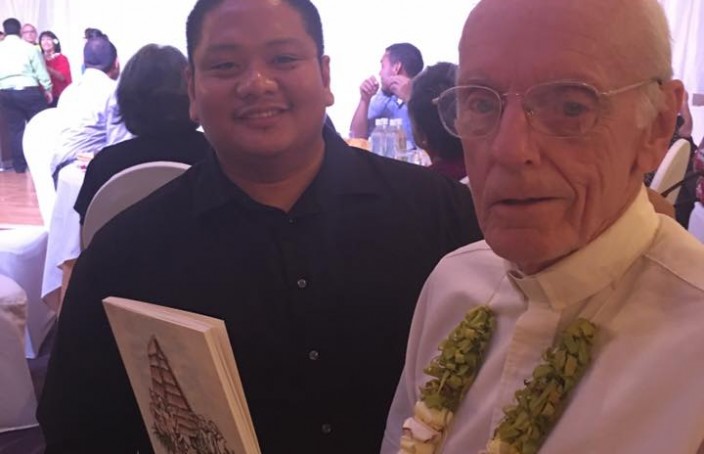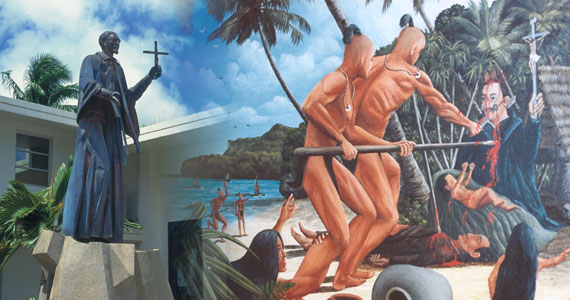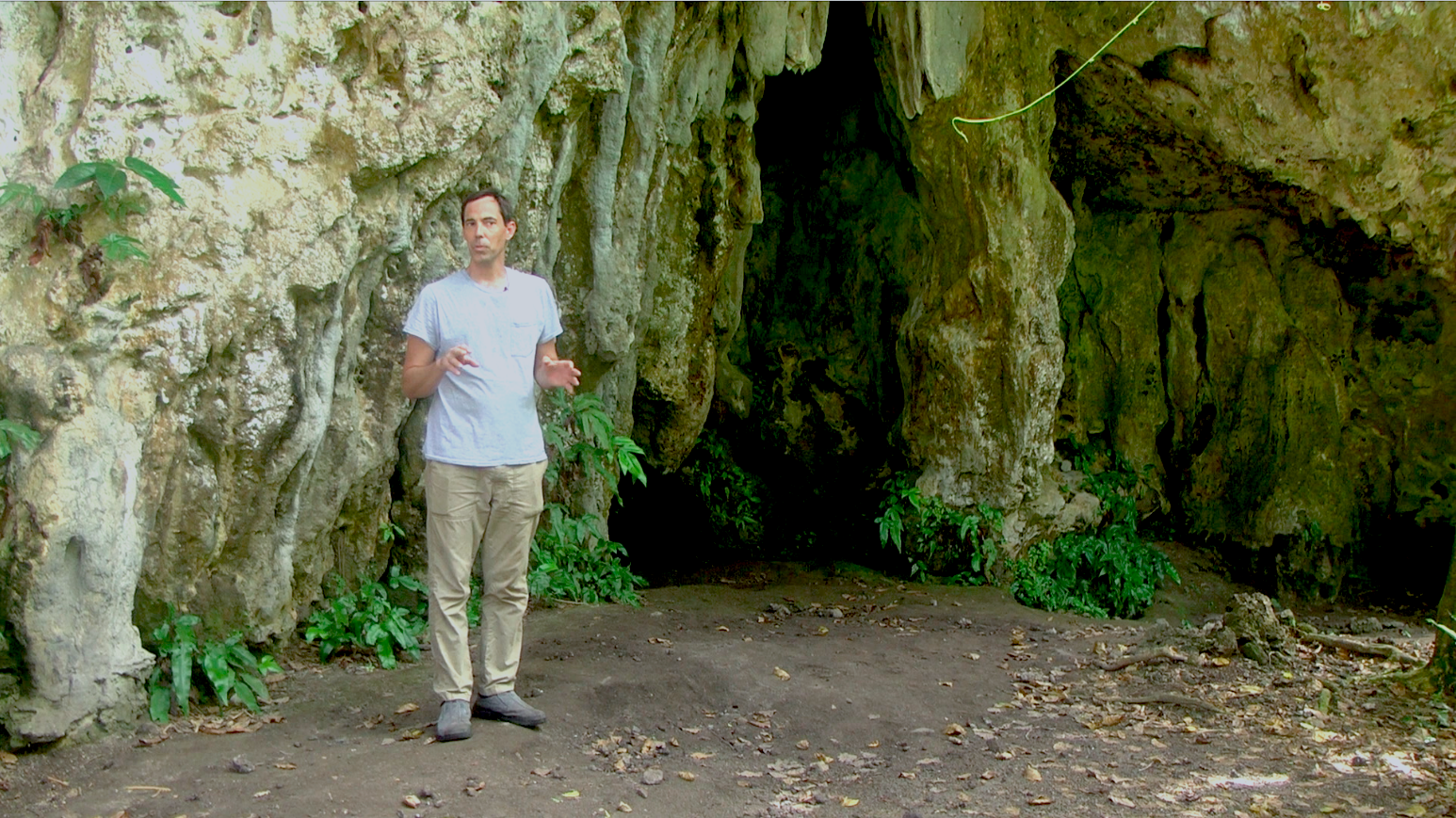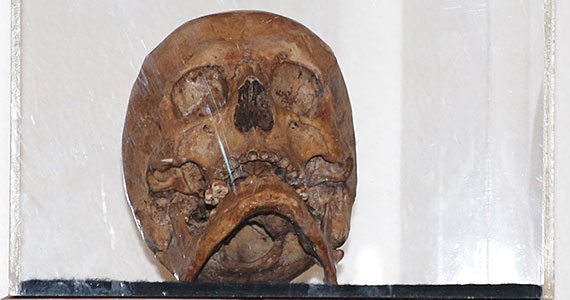The Holiday Book Signing
At a Christmas party thrown by the archdiocese on December 30, I was surprised when a number of people approached me holding copies of a booklet that had just been published and asked for my signature. It seems that the pastors and the heads of schools had received wrapped copies of the book at the party. For me the luncheon quickly turned into a book signing event.
Photos of me signing copies were soon posted on my Facebook page. Afterwards, many people dropped me a line to ask what the book was about and how they could get a copy. So, at the risk of shameless self-promotion, let me briefly explain what is behind the book and why it was written. (Actually, ?booklet? describes the publication better than book since it is only 100 pages long, although it does have 240 footnotes.)
For years now I have been convinced that the popular understanding of early Spanish mission history in the Marianas, based on the old textbooks, is hopelessly simplistic. It offers a view of white guys with muskets marching alongside others in black robes imposing on a helpless people a religion and a colonial government. In its cruder form, this vision of the late 1600s?the period in which Jesuits introduced the faith to these islands?represents the conquerors from the West forcing their will on a people doomed to lose their land, most of their population and much of their culture. However noble the islanders might have been, they were fated to be the losers in this conquest?even though the 30-some foreigners were enormously out-numbered and carried only three muskets when they came.
The whole story never made much sense to me. Why would missionaries want to kill off the people they were trying to convert? Even if they wanted to, how could they? In the early years of the mission, a couple thousand island men surrounded the handful of Spaniards, Mexicans and Filipinos in their quarters. The local people could have finished the job right there if they wanted to. But perhaps, for whatever reason, they really didn?t want to. The accounts of the early mission period that I read in the standard textbooks some years ago had the ring of a fairy tale?the kind of story that parents might tell their kids to explain why they don?t trust outsiders.
Without going into the contents of the booklet, let?s just say that the Chamorros were much less hapless and much more effective than the old books represent them to be. They were also far more divided, as were the Spaniards. If, after reading this booklet, you insist that there really was a war taking place, you would at least have to admit that the battle lines were very fuzzy. This is not to deny that the people and their society suffered badly during this period. It?s just to suggest that the reasons for the suffering aren?t always what early authors have suggested?and the story of how it all happened is much more complicated and interesting than we may have thought.
The title of the publication is When Cultures Clash: Revisiting the ?Spanish-Chamorro Wars?. It sells for $10 and could be ordered through the Northern Marianas Humanities Council. If you want to order a copy or get further information on the publication, you may email Scott Russell at srussell@pticom.com, or by clicking the?link below.






